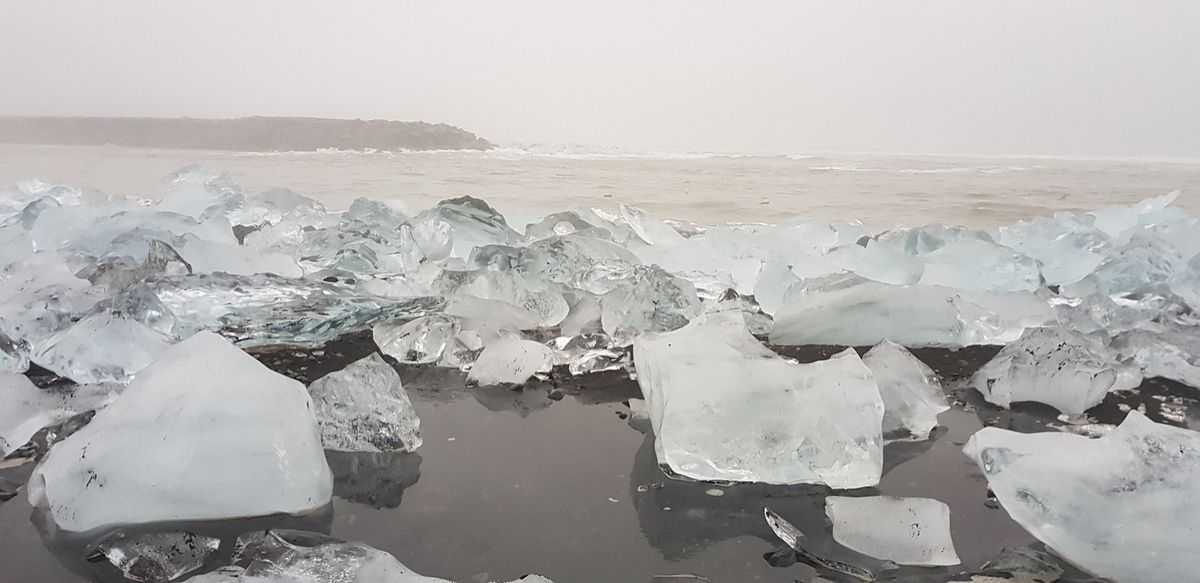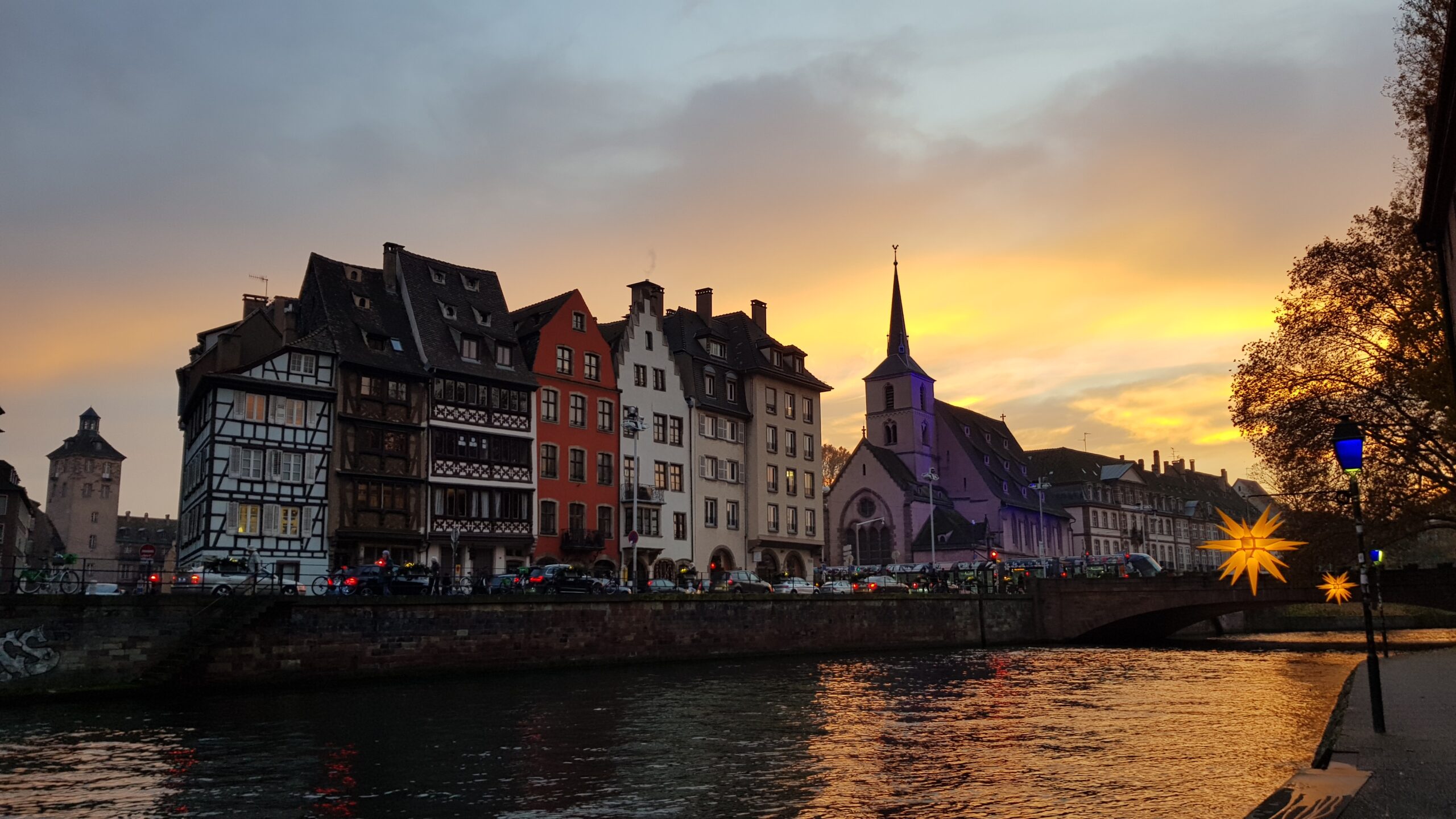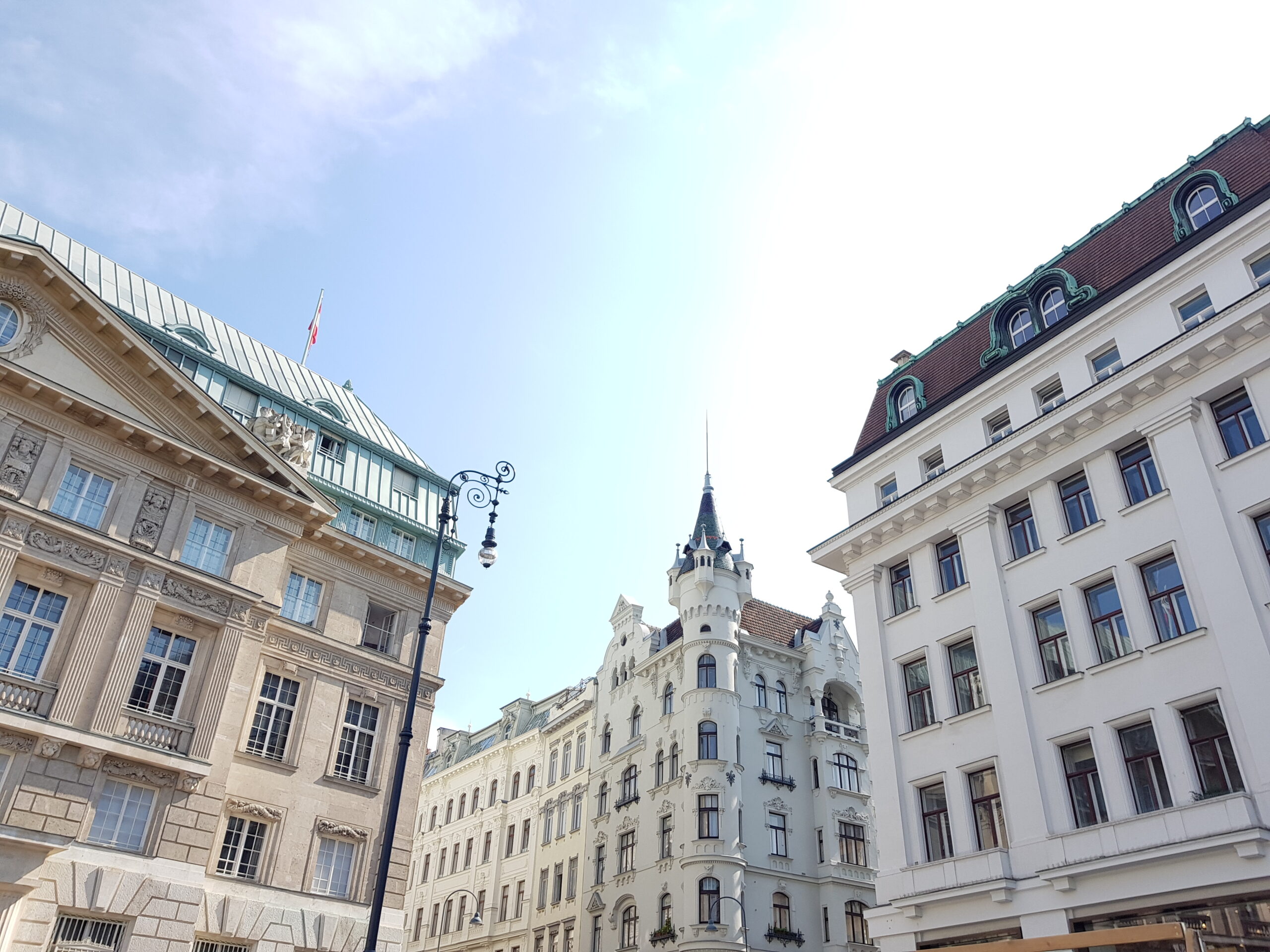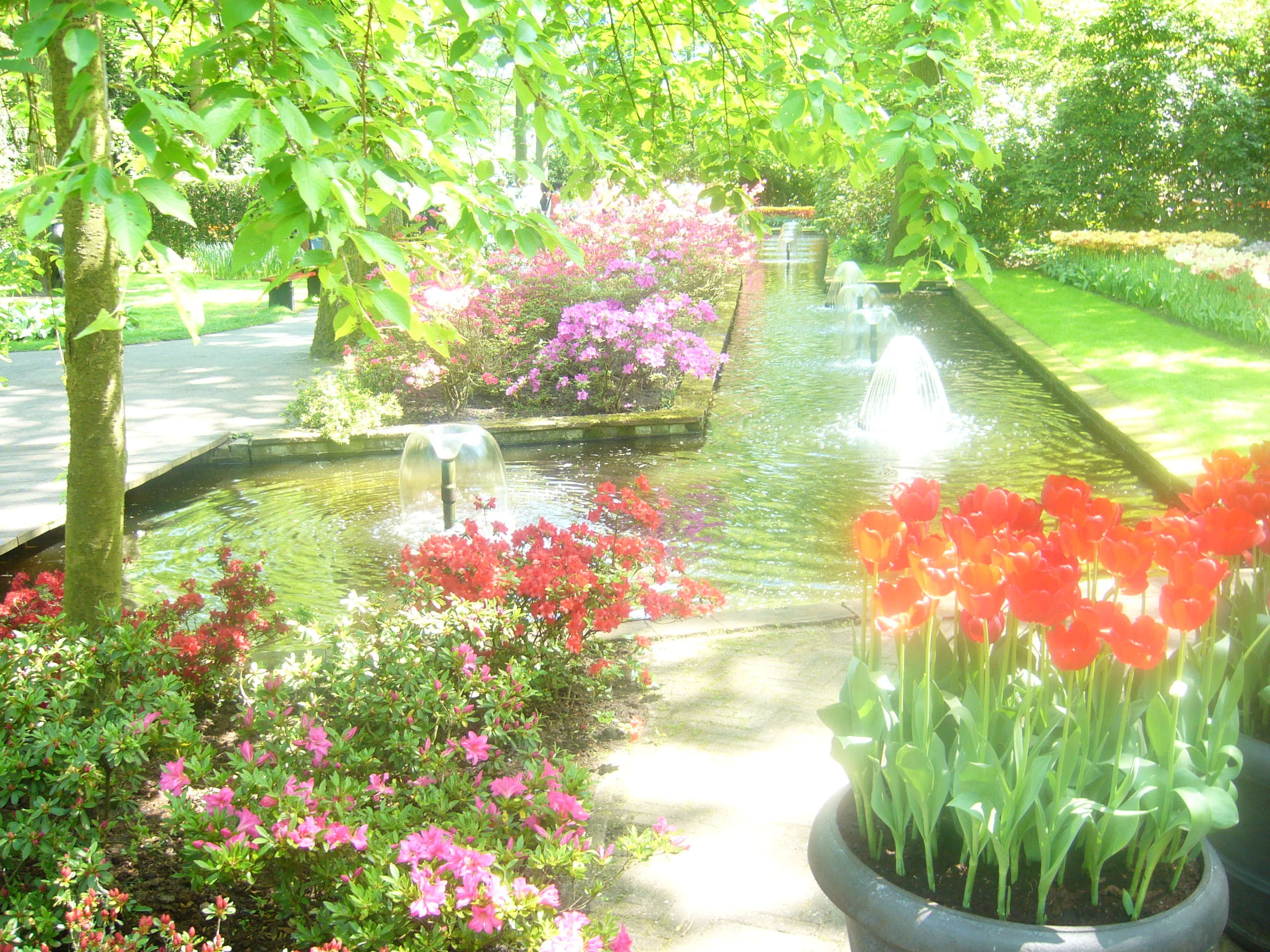The landscapes of Iceland are really amazing and extraordinary. You should visit Iceland in your lifetime as you will see landscapes that you see nowhere.
- Iceland
- 1-week suggested itinerary
- Culinary specialties
- Famous movies and series shot in Iceland
- Anecdotes on Iceland
- Ice Cave in Winter
- Diamond Beach
- Geysir hotspots
- Northern Lights
- Gullfoss Waterfall
- Jökulsárlón glacier lagoon
- Blue Lagoon
- Black Sand Beach
- Skogafoss Waterfall
- Thingvellir National Park
- External links
Iceland
Iceland, often referred to as the “Land of Fire and Ice,” is a captivating and remote island nation situated in the North Atlantic Ocean. Its rugged and diverse landscapes are a testament to the planet’s geological forces at work. Volcanoes, glaciers, geysers, and lava fields shape the land, making it a paradise for nature enthusiasts and adventure seekers.
Iceland’s capital and largest city, Reykjavik, is a vibrant hub of culture and creativity. It offers a glimpse into the nation’s modernity while retaining a strong connection to its Viking heritage.
The country’s pristine natural beauty is awe-inspiring. Vast ice caps, like Vatnajökull, dominate the interior, while the dramatic fjords and black sand beaches along the coast provide stunning contrasts. Jökulsárlón Glacier Lagoon showcases the breathtaking marriage of ice and water. Icelandic culture is rich with traditions, from the mystical belief in elves and hidden folk to the annual celebration of Þorrablót, a mid-winter festival featuring unique culinary delights.
With its friendly population, clean environment, and abundant opportunities for adventure, Iceland has become a sought-after destination for travelers seeking untouched wilderness, Northern Lights displays, and unforgettable experiences in a land that feels both ancient and timeless.
1-week suggested itinerary
Here’s a suggested 1-week itinerary for exploring the best of Iceland. You can rent a car or doing with a guided tour.
Day 1: Arrival in Reykjavik
- Arrive in Reykjavik, Iceland’s capital.
- Explore the city’s landmarks, like Hallgrímskirkja and Harpa Concert Hall.
- Overnight in Reykjavik.
Day 2: Golden Circle
- Drive the Golden Circle route.
- Visit Þingvellir National Park to explore the historic site and marvel at the geological wonders.
- Continue to Geysir geothermal area and witness the Strokkur geyser’s eruptions.
- End the day at Gullfoss Waterfall.
- Overnight near the Golden Circle.
Day 3: South Coast
- Head to Skógafoss Waterfall and explore the nearby Skógar Museum.
- Visit Reynisfjara Black Sand Beach with its basalt columns.
- Continue to Fjaðrárgljúfur canyon.
- Overnight in Vik or nearby.
Day 4: Jökulsárlón Glacier Lagoon
- Drive to Jökulsárlón Glacier Lagoon and take a boat tour among the icebergs.
- Explore nearby Diamond Beach.
- Overnight near Jökulsárlón
Day 5: East Fjords
- Drive through the scenic East Fjords, enjoying the coastal views and charming fishing villages.
- Stop in Seydisfjordur.
- Overnight in the East Fjords.
Day 6: North Iceland
- Drive to Akureyri, Iceland’s second-largest city.
- Explore Akureyri and visit the Akureyri Botanical Garden.
- Continue to Húsavík, a great spot for whale watching.
- Overnight in Húsavík
Day 7: Myvatn and Return to Reykjavik
- Explore the Myvatn area, including Húsavíkurfoss, Hverir geothermal area, and Dimmuborgir lava formations.
- Visit Godafoss Waterfall on your way back to Reykjavik.
- Return to Reykjavik for your final night.
This itinerary covers a diverse range of Iceland’s natural wonders, cultural sites, and historical landmarks, including the Blue Lagoon and Thingvellir National Park as requested. It provides a comprehensive overview of Iceland’s unique beauty and should make for an unforgettable week-long adventure.
Culinary specialties
Iceland offers a unique and intriguing culinary scene with specialties that reflect its natural resources and history. Here are some Icelandic culinary specialties to try:
- Plokkfiskur: This is a traditional Icelandic fish stew, typically made with cod or haddock. It’s a comfort food dish made with fish, potatoes, onions, and a creamy béchamel sauce.
- Icelandic Lamb: Icelandic lamb is renowned for its quality and flavor, thanks to the country’s pristine pastures. Try dishes like lamb stew (kjötsúpa) or grilled lamb chops.
- Skyr: Skyr is a popular Icelandic dairy product that resembles yogurt but is actually a strained cheese. It’s often eaten with berries, honey, or sugar and is high in protein.
- Rúgbrauð: This dense, dark rye bread is traditionally baked in the ground using geothermal heat. It has a unique sweet flavor and is often served with butter.
Famous movies and series shot in Iceland
Iceland’s stunning and otherworldly landscapes have attracted numerous filmmakers, making it a popular location for movies and TV series. Here are some famous films and series shot in Iceland:
Movies:
- Interstellar (2014): Christopher Nolan’s science fiction epic featured Iceland’s rugged terrain as a backdrop for scenes on an alien planet.
- The Secret Life of Walter Mitty (2013): This film starring Ben Stiller utilized various Icelandic locations, including Þingvellir National Park and Vatnajökull Glacier.
- Prometheus: Icelandic landscapes served as the backdrop for some scenes in Ridley Scott’s science-fiction film ‘Prometheus’.
- Oblivion (2013): The post-apocalyptic setting of this Tom Cruise sci-fi film was partially shot in Iceland, showcasing its dramatic landscapes.
- Noah (2014): Parts of this biblical epic, directed by Darren Aronofsky, were filmed on the volcanic island of Heimaey in the Vestmannaeyjar archipelago.
TV Series:
- Game of Thrones: Iceland’s stark and icy landscapes were used for scenes set beyond the Wall in the hit HBO series, including locations like Þingvellir National Park and Svínafellsjökull glacier.
- Sense8: This Netflix series featured Reykjavik as a prominent location in several episodes, showcasing the city’s urban and scenic facets.
Anecdotes on Iceland
Here are a few interesting anecdotes related to Iceland:
- The Elf Houses: In Iceland, belief in elves and hidden people is surprisingly common. So much so that construction projects have been altered to avoid disturbing potential elf habitats. There are even “elf consultants” who advise on such matters to this day.
- The Naming Committee: Iceland has a National Naming Committee responsible for approving or rejecting baby names. Names that don’t adhere to Icelandic linguistic rules may be rejected. This unusual practice is aimed at preserving the Icelandic language and culture.
- The Day with No Name: Icelanders celebrate a holiday known as “Þjóðhátíðardagurinn” or “The Festival of the Nation” on the first Thursday in August. What makes it unique is that it has no official name, just a description, and it’s a day of music, singing, and celebration.
- No Military Forces: Iceland is one of the few countries in the world with no standing army. Instead, it relies on a small coast guard and international defense agreements, such as NATO, for its security.
- Books and Christmas: In Iceland, it’s a tradition to give and receive books on Christmas Eve, and then spend the evening reading. This practice, known as “Jólabókaflóð” or “The Christmas Book Flood,” has contributed to Iceland having one of the highest rates of book publishing and reading in the world.
- The Volcanic Island: Iceland is home to around 130 volcanoes, and it’s not uncommon for eruptions to disrupt daily life. In 2010, the Eyjafjallajökull eruption caused widespread travel chaos in Europe due to the ash cloud
Ice Cave in Winter
Iceland’s ice caves are nature’s hidden wonders, offering a mesmerizing glimpse into the heart of glaciers. These ethereal chambers are sculpted by time and the relentless force of glacial movement. In winter, when the temperature drops, the ice caves become accessible, revealing their dazzling beauty.
Stepping inside an Icelandic ice cave feels like entering a crystal palace. The ice, varying in shades from translucent blue to pure white, reflects the soft glow of natural light, creating an otherworldly atmosphere. Stalactites and stalagmites of ice seem to defy gravity, suspended in frozen elegance.
Each ice cave is a unique creation, with intricate patterns and textures that evoke a sense of wonder. The sensation of being surrounded by centuries-old ice formations is nothing short of magical.
The most renowned ice caves are found in locations like Vatnajökull National Park and Langjökull Glacier. To explore these captivating wonders, visitors often join guided tours led by experienced glacier experts who ensure both safety and environmental preservation. That’s why we took a guided tour.
Ice caves are naturally formed in winter then they disappeared in summer: the blue of ice cave is unreal. An ice cave excursion in Iceland is not just an adventure, it’s a chance to witness the raw, frozen beauty of nature, leaving a lasting impression of the country’s unique landscapes.












Diamond Beach
Diamond Beach, located on Iceland’s southeastern coast near the Jökulsárlón glacier lagoon, is a natural wonder that embodies both the rugged and exquisite aspects of the country’s landscape. This breathtaking shoreline derives its name from the countless glittering icebergs that wash ashore, resembling glistening diamonds scattered on black volcanic sands.
The icebergs found on Diamond Beach are remnants of the nearby Breiðamerkurjökull glacier, which constantly calve, creating floating sculptures that eventually find their way to the Atlantic Ocean. These ice chunks, shaped by nature’s forces, come in various sizes and shades, from translucent blues to pristine whites. As they rest against the contrasting dark sands, they create a striking and almost surreal tableau.
Visiting Diamond Beach is a sensory experience like no other. The sound of waves crashing against the icebergs, the sight of sunlight refracting through the crystal-clear ice, and the sensation of touching these ancient glacial fragments create a profound connection to Iceland’s natural wonders. It’s a place where time seems to stand still, inviting travelers to reflect on the immense beauty and power of the natural world. Diamond Beach is a testament to Iceland’s extraordinary landscapes, where fire and ice meet to create moments of pure enchantment
Black sand with icebergs on shore from Jökulsárlón glacier lagoon, icerbergs look like diamonds.





Geysir hotspots
Iceland, known as the “Land of Fire and Ice,” boasts a captivating array of geothermal wonders, and the Geysir hotspots are among the most famous. Located in the Haukadalur Valley in southwestern Iceland, these geysers are a testament to the Earth’s fiery forces, creating a surreal and dynamic natural spectacle.
The namesake geyser, Geysir, is one of the planet’s earliest-known geysers and has sporadically erupted for centuries. However, its eruptions have become infrequent in recent years. Fortunately, right beside it stands Strokkur, a highly active geyser that erupts with astonishing regularity, shooting scalding water up to 100 feet (30 meters) into the sky every few minutes. Witnessing the explosive power of Strokkur is an exhilarating experience.
The geothermal area around Geysir and Strokkur is a surreal landscape, featuring bubbling hot springs, steaming fumaroles, and vividly colored mineral deposits. The scent of sulfur hangs in the air, reminding visitors of the Earth’s intense geological activity just beneath the surface.
Visiting the Geysir hotspots is like stepping onto another planet, where the Earth’s inner energy is on full display. It’s a reminder of the dynamic and ever-changing nature of our planet and offers a unique opportunity to witness the incredible geothermal power that defines Iceland’s landscape.
Highly active Geysir spring area with boiling mud pits, one of stop of Golden Circle sightseeing route



Northern Lights
The Northern Lights, or Aurora Borealis, are a celestial phenomenon that graces the polar skies with a breathtaking display of dancing lights. This awe-inspiring spectacle occurs in the high-latitude regions near the Earth’s magnetic poles, including the Arctic and Antarctic.
The Northern Lights are a result of charged particles from the sun, primarily electrons and protons, colliding with gases in the Earth’s atmosphere. These collisions release energy in the form of colorful, shimmering lights. The most common colors seen in the Northern Lights are green and pink, but they can also appear in shades of red, yellow, blue, and violet.
Witnessing the Northern Lights is a surreal experience, as the luminous ribbons and curtains of light sway and undulate across the night sky. The display is often accompanied by a sense of wonder and a feeling of being connected to the cosmos.

Gullfoss Waterfall
Gullfoss, often referred to as the “Golden Falls,” is one of Iceland’s most iconic and powerful waterfalls. Situated in the Haukadalur Valley, part of the Golden Circle route, Gullfoss is a majestic two-tiered waterfall on the Hvítá River.
What makes Gullfoss truly spectacular is its sheer size and the dramatic way in which it plunges into a rugged canyon. The waterfall is divided into two distinct drops: the upper falls, which plummet into a narrow crevice, and the lower falls, which disappear from view as they cascade into a thundering abyss. On sunny days, the mist from the falls often creates shimmering rainbows, adding to the enchantment of the site.
Gullfoss’s beauty is not only visual but also auditory, as the roar of the cascading water can be heard long before the waterfall comes into view. Its power and grandeur leave visitors in awe, and it’s no wonder Gullfoss is considered one of Iceland’s most treasured natural landmarks. A visit to Gullfoss offers a deep appreciation for the raw and captivating beauty of Iceland’s untamed landscapes.
Majestic waterfall and surrounding in the Golden circle sightseeing route





Jökulsárlón glacier lagoon
Jökulsárlón Glacier Lagoon, located on the southeastern coast of Iceland, is a surreal and enchanting natural wonder that captivates visitors from around the world. This glacial lagoon is the result of the Vatnajökull glacier’s slow retreat, creating a serene lake filled with floating icebergs.
The lagoon’s striking beauty is accentuated by the translucent blue and white icebergs that break away from the glacier’s edge and drift gracefully on the still, icy waters. Sunlight plays tricks with the ice, creating a dazzling array of colors and reflections that change throughout the day.
Jökulsárlón is not just a visual marvel; it’s a bustling ecosystem as well. Seals often make appearances among the icebergs, adding to the lagoon’s vibrant charm. This glacial lagoon embodies Iceland’s unique blend of natural beauty, showcasing the country’s ever-changing and awe-inspiring landscapes.
Beautiful natural wonder lagoon





Blue Lagoon
The Blue Lagoon is a world-renowned geothermal spa located in the lava fields of Grindavik, Iceland. This extraordinary natural wonder is characterized by its vibrant, milky-blue waters, created by a mix of mineral-rich seawater and freshwater heated by volcanic activity underground. The warm, soothing waters of the Blue Lagoon are known for their therapeutic properties, making it a popular destination for relaxation and rejuvenation.
Surrounded by a stark, otherworldly landscape, the Blue Lagoon offers visitors a unique and tranquil experience. Guests can immerse themselves in the warm, mineral-rich waters while enjoying the surreal contrast of the azure blue lagoon against the stark, black lava rocks. It’s a one-of-a-kind oasis that invites travelers to unwind and bask in the natural beauty and healing powers of Iceland.
Volcanic atmosphere, water with minerals, swimming there was really amazing

Black Sand Beach
Iceland’s Black Sand Beaches, such as Reynisfjara, are striking natural wonders known for their dramatic beauty and dark, volcanic sands. Formed from the erosion of ancient lava flows, these beaches offer a stark contrast to the icy landscapes of the country. The jet-black sands are a mesmerizing sight, creating a unique and almost mystical atmosphere.
One of the most famous black sand beaches, Reynisfjara, is framed by towering basalt columns and jagged cliffs. Powerful Atlantic waves crash against the shoreline, creating a mesmerizing spectacle and a reminder of the raw, untamed power of nature.
Visitors should exercise caution when exploring these beaches, as the surf can be unpredictable and dangerous. However, the views of the dark sands against the foaming waves, often with seabirds soaring overhead, make it a must-visit destination for those seeking the rugged and untamed beauty of Iceland’s coastlines.





Skogafoss Waterfall
Skógafoss is one of Iceland’s most iconic and magnificent waterfalls, located on the Skógá River in the southern part of the country. It stands at an impressive height of 60 meters (197 feet) and spans a width of 25 meters (82 feet). The waterfall’s power is awe-inspiring, as it thunders down a sheer cliff, creating a perpetual mist and often a brilliant rainbow on sunny days.
Visitors can get up close to the falls by ascending a staircase that leads to a viewing platform at the top. The surrounding landscape is equally enchanting, with lush greenery and panoramic views of the Skógar river valley. Skógafoss is not only a natural wonder but also a place steeped in Icelandic folklore, adding to its timeless appeal
One of the biggest and beautiful waterfalls of Iceland



Thingvellir National Park
Thingvellir National Park, located in southwestern Iceland, is a place of profound historical, cultural, and geological significance. It’s a UNESCO World Heritage site that offers a captivating blend of natural beauty and historical importance.
Geologically, Thingvellir is remarkable because it sits on the Mid-Atlantic Ridge, where the Eurasian and North American tectonic plates are pulling apart. This unique location has resulted in dramatic rifts and fissures, like the Almannagjá canyon, creating an awe-inspiring landscape.
Culturally, Thingvellir is the site of Iceland’s first Parliament, Alþingi, which was established in the year 930 AD. It’s where Icelanders gathered to make laws and settle disputes, making it one of the world’s earliest democratic assemblies.
Today, visitors can explore the park’s remarkable geology, dive or snorkel in the crystal-clear waters of Silfra fissure, and learn about Iceland’s history and culture. Thingvellir National Park serves as a bridge between the past and the natural wonders of Iceland, making it a must-visit destination for travelers
Stop on Golden Circle route, this site is under UNESCO, is situated between the North American and Eurasian tectonic plates, the park was one of places filmed in Game Of Throne series










You will find below my other pictures of Iceland: https://www.pinterest.com/thiluutips/iceland-islande/
External links




2 thoughts on “A Journey Through Iceland’s Stunning Landscapes”